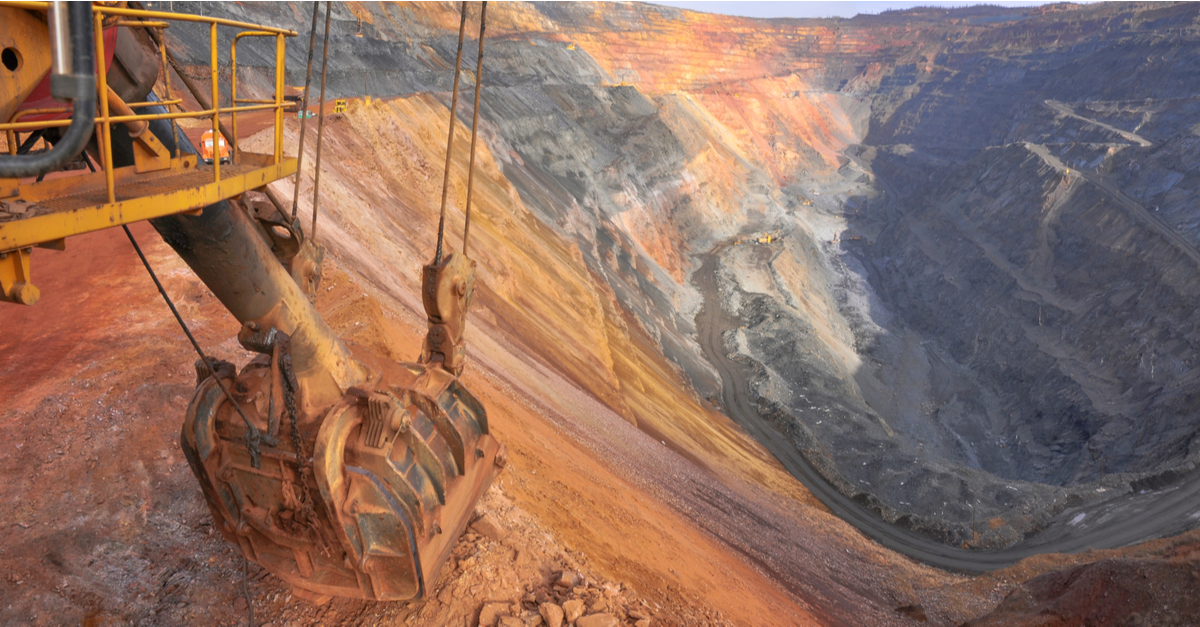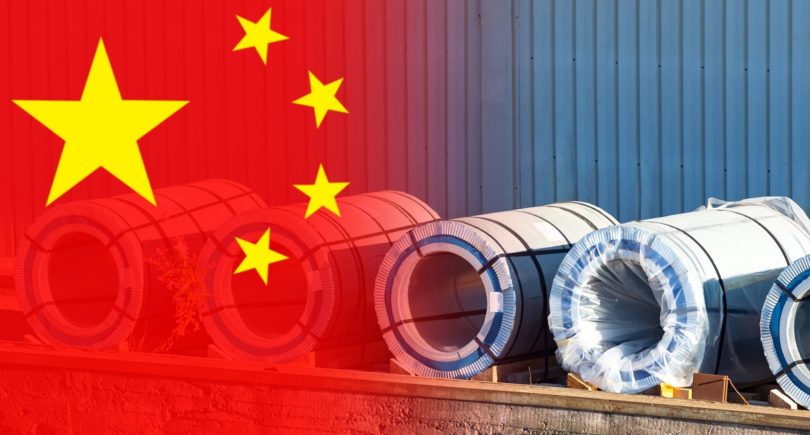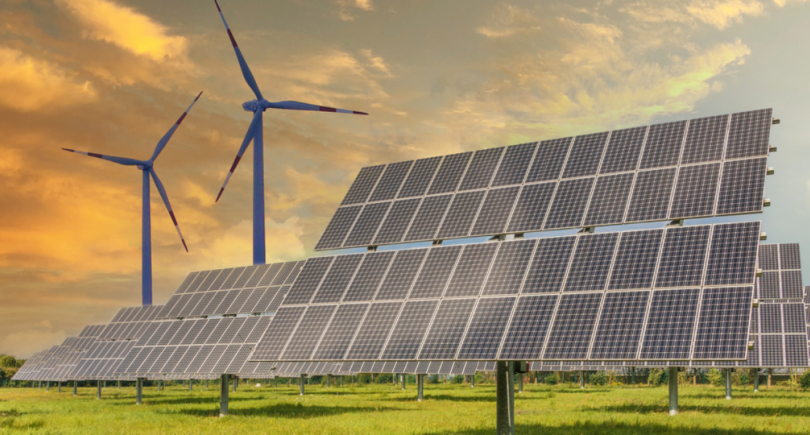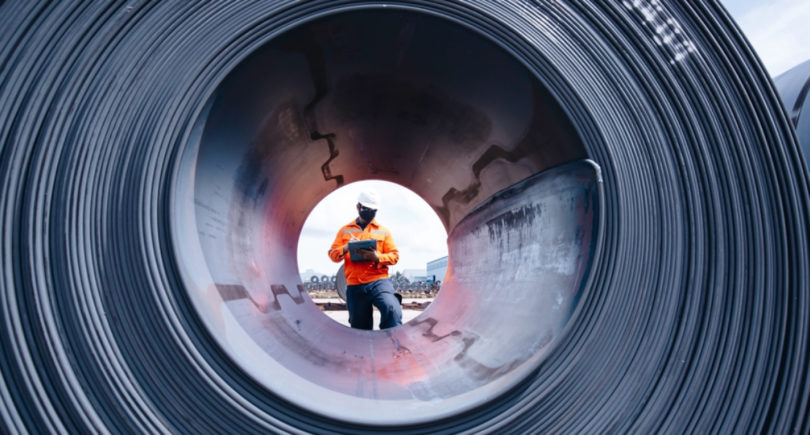
The transition of steel industry to the use of DRI will lead to changes in the quality profile of iron ore
The long-term strategies of major mining companies are diverging in the context of decarbonization of steel production. This is stated in a study by the Institute for Energy Economics and Financial Analysis (IEEFA).
Three of the four largest miners – Vale, Rio Tinto and Fortescue – are increasingly focusing on supplying high-quality iron ore that is compatible with hydrogen-based direct reduced iron (DRI) production. At the same time, BHP continues to believe in carbon capture, use and storage (CCUS) technologies, despite the fact that they are still in their infancy and have not proven themselves.
As the steel industry’s transition away from coal accelerates and pressure on companies to reduce Scope 3 emissions grows, DRI-based steelmaking solutions are likely to play a more important role than CCUS.
Much of the attention paid to the outlook for iron ore is focused on short-term economic performance and steel demand in China, which is currently the largest importer of this raw material in the world. However, along with this and plans to increase scrap processing in China, another trend is emerging. In January 2024, it was announced that China Baowu had started commercial production of DRI in Guangdong province using Energiron’s technology.
The emergence of Chinese industrial DRI production reflects the transition of European steelmakers to coal-free and hydrogen-ready technologies. At the same time, Asian steelmakers, such as Japan’s Kobe Steel and JFE Steel, are targeting direct reduced iron production in the Middle East, which is already a mature user of this method.
The global steel industry’s shift from blast furnace production to the use of direct reduced iron will lead to changes in the quality profile of iron ore traded on the market.
The reference iron ore with 62% Fe content mined in the Pilbara region is not suitable for existing DRI production processes, and its quality has been declining over the past decade. A partial solution to the problem is likely to be technological combinations that will allow the use of blast furnace grade raw materials in DRI steelmaking. Therefore, three major Australian iron ore companies are developing appropriate solutions.
At the same time, Vale, the world’s leading DR ore producer, plans to increase the supply of high-quality products in response to the accelerating change in steelmaking technologies. Other members of the Big Four are now showing different reactions to this trend.
For example, Rio Tinto’s Canadian operations already have ore suitable for DRI production. While the miner is investing in new mining capacity in the Pilbara region, it has also recently announced significant investments abroad, including the Simandou project in West Africa. According to the company, Simandu will provide a significant new source of high-grade iron ore that will strengthen Rio Tinto’s portfolio for the decarbonization of metallurgy. The company also has a long list of development projects aimed at reducing emissions from steel production.
As GMK Center reported earlier, global direct reduced iron (DRI) production in 2023 increased by 7.4% compared to 2022 to 135.51 million, according to the WorldSteel Association.



